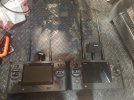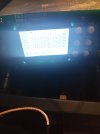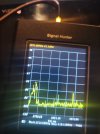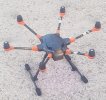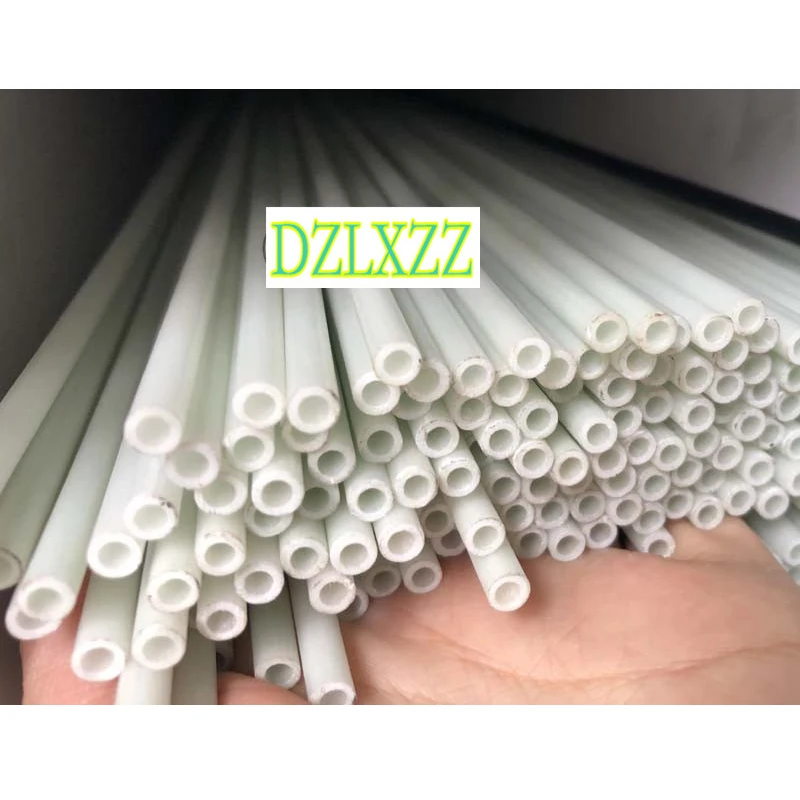You dont need to worry about the signal getting to your unit at all inside carbon or not. It makes absolutely no difference. See heres what i learned after months of trial and error. With the 2.4ghz you only have to worry about your signal REACHING the drone, what comes back is nothing or very, very, very minimal. Throwing boosters on the 2.4ghz on the drone is pointless. Even throwing dual 4w boosters on the st16 2.4ghz was pointless because id lose all visuals WAY before i could see any drop in the 2.4ghz signal. The issue is that ONLY the control of the craft and control for the pan and tilt are transmitted via 2.4ghz. The video feed with telemetry itself goes via the 5.8ghz.
Eventually, i just went with the stock st16 transmitter with some big antennas on it. These antennas will give you twice maybe even three times the range of the 4hawks XR and the antennas coming from the legs are just there to receive the signals from the st16 receivers that really dont need to be touched.
The thing you really want to be able to work with is the wifi module built into the video transmitter which is a self contained unit built inside the camera itself. That way at least you can see whats going on. This alfa brand patch antenna gave me the best range even better than the 4hawks units, but again, the 5.8 transmitter in the camera really is crappy. This is why Yuneec is far inferior to the DJI units.
I spent a fortune on different antennas and testers and spent days testing when five minutes listening to John from yuneecskins while i was preparing for an offshore project Gave me more information and knowledge than weeks of on again off again testing did.
The guy is a working encyclopaedia and just a few minutes of his knowledge really gave me a much greater appreciation of what is and isn't possible.
It is possible to use a software repeater which can take the signal from the yuneec and transmit it to another frequency and Have the receiver transfer it back to original. I think it was called Hack rf one or something and was an open source programmable software extender. Theres another one available, but i dont want to give that one out as it not only changes the frequency, it also has anti blocking technology which is completely illegal.
Probably the easiest way i personally found to proceed is to find a long range FC and then break into each of the 6 esc's on the yuneec boards. This is easy to do and takes the least amount of space. this also gives you different voltage points you can power different items from. This is the best and easiest way unless you want to go ahead and make your own hexacopter. Just remember, you cant use the st16 when you go this route (not that you need to, theres some much more refined open source options available. I may even do a video showing how to do some of these changes.



